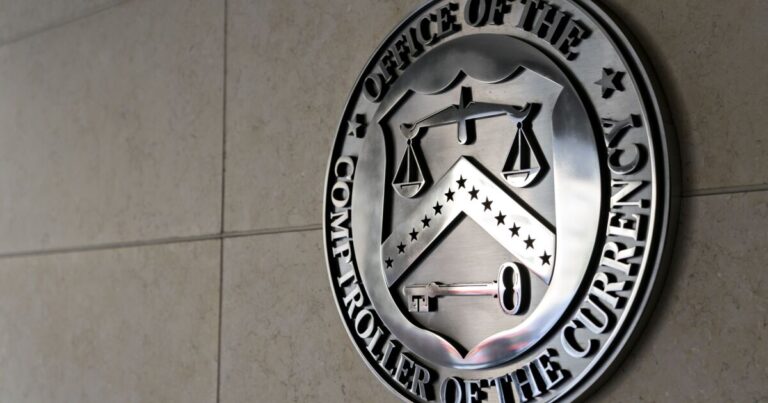
Andrew Harrer/Bloomberg
According to
However, consolidation of
We regulate banks so they operate in
The current structure of federal bank supervision lends itself to the latter set of outcomes. Over time, crises have resulted in the creation of multiple federal supervisors. Most Americans have no idea that U.S. banks have two or more federal supervisors. An insured national bank with a holding company will be subject to supervision by the OCC, the Federal Reserve and the Federal Deposit Insurance Corporation. If a bank’s assets exceed $10 billion, the Consumer Financial Protection Bureau oversees some consumer compliance. U.S. federal supervision is so complex that the public and often Congress cannot understand who is accountable. Our structure leads to duplication, burden, and delayed and/or inconsistent supervisory messages.
Direct U.S. federal supervision costs about $7.5 billion per year — $3.0 billion, $2.5 billion, $1.3 billion and $0.7 billion at the FDIC, Fed, OCC and CFPB, respectively. Banks pay about $5 billion, and about $2.5 billion of Fed and CFPB expenses reduce Fed remittances, increasing the budget deficit. Indirect costs to banks are harder to quantify, but include responding to multiple — and potentially conflicting — inquiries and exams on the same topics. Finally, this structure permits charter flipping — banks choosing their federal supervisor. Even after reforms enacted in 2008, if not under a consent order, banks still need only get permission from the new supervisor to change charters.
The Government Accountability Office, or GAO,
Read More: Trump wants to streamline bank regulation. Here’s how he should do it.



